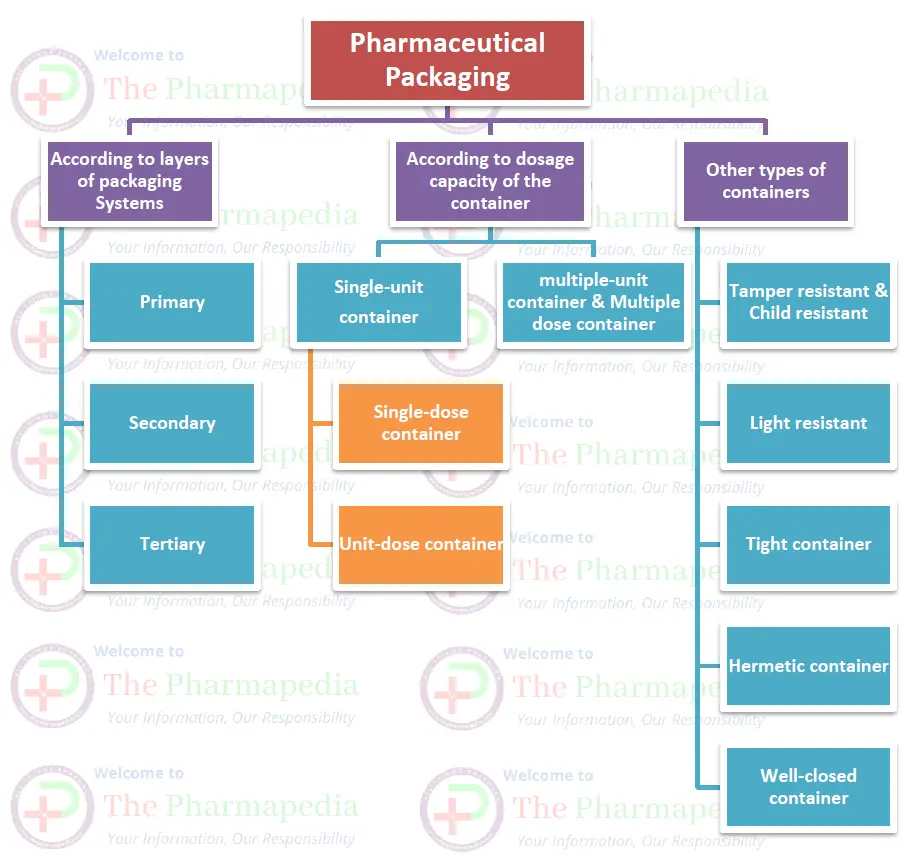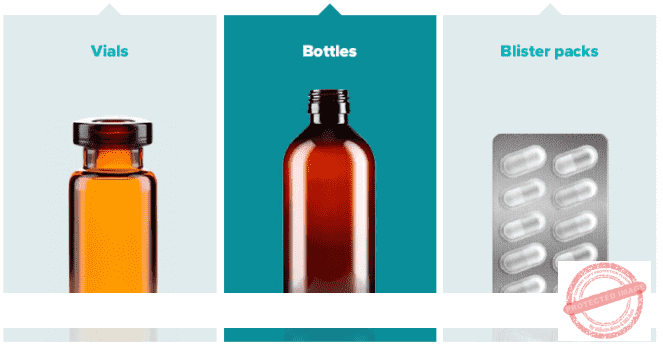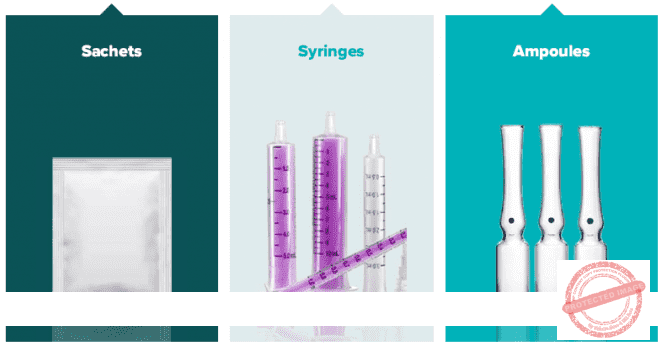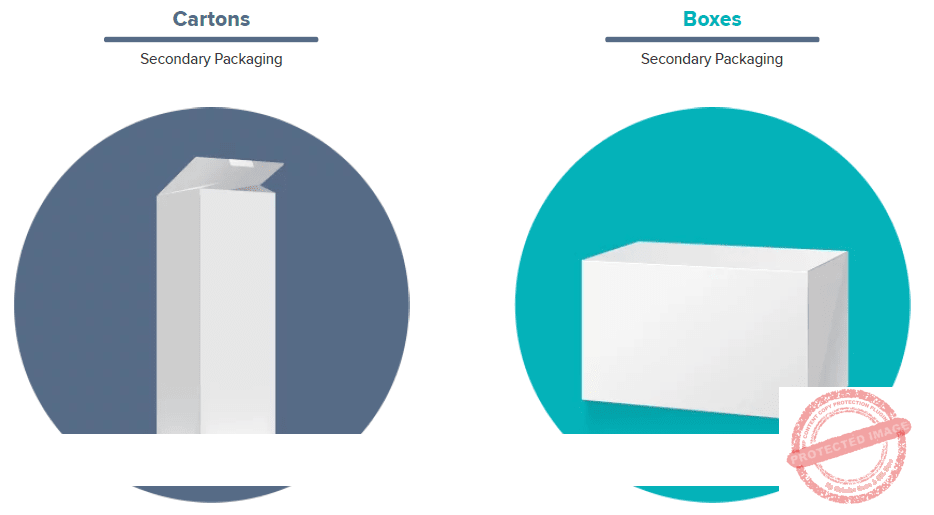Pharmaceutical Packaging systems are also classified in three class as

Type of packaging system According to layers system, classified into 3 groups
1. Primary Packaging
Pharmaceutical Packaging (as per layers of packaging Systems) systems are classified in three class Primary, secondary & Tertiary.
Primary packaging component are the components which are in direct contact with the Pharmaceutical dosage form, e.g. liners, bottles, desiccant in bottles and blister films.
Primary packaging may have a direct effect on the product shelf-life & protect the drug from the environment (moisture, gases, and light).
Example:- ampoules and vials, prefilled syringes, IV containers, blister packs, Bottles, liners, desiccant in bottles and Sachet packaging etc.


2. Secondary Packaging
- The secondary packaging system is outside the primary packaging and used to group primary packages together.
- secondary packaging are not in direct contact with the dosage form, e.g. cartons, and overwraps for blisters.
- These components generally provide protection and labelling for the primary container.
- Example: cartons, boxes, shipping containers, injection trays, etc.

3. Tertiary Packaging
A tertiary packaging system is used for bulk handling and shipping e.g., barrel, container, edge protectors, etc

Type of packaging system According to dosage capacity of the container
1. Single-unit container
A single-unit container is one that contains a only a unit quantity of medication which can be used one time.
A single-dose container is a single-unit container designed for parenteral administration only, while a unit-dose container is a single-unit container intended for solid oral dosage forms.
2. Multiple-UNIT container
A multiple-UNIT container is one that encloses multiple doses and permits multiple withdrawals of oral dosage forms, while a multiple-dose container is a multiple-unit container designed for parenteral administration only.
Others different types of containers
1.Light-resistant containers-
Drugs that undergo photo-oxidation need to be packaged in light-resistant containers. Light resistant container protects the contents from the effects of actinic light by means of opaque covering and/or stored in a dark place (USP standard: Not more than 10% transmission at any wavelength between 290-450 nm).
2.Well-closed containers
Well-closed containers protect their contents from extraneous solids and liquids and from loss of article under normal conditions of handling, storage and distribution.
3.Tight closed container-
For moisture-sensitive drugs, protects the contents from vapors, from loss or deterioration of article from effervescence, deliquescence or evaporation under normal conditions of handling, storage and distribution.
4.Air tight container:
Air tight container is impermeable to solids, liquids and gases under ordinary conditions
5.A hermetic sealed container
A hermetic container is impervious to air or any other gas under normal conditions of handling, storage and distribution. (e.g. one that is “impervious to… gas”) is necessary.
6.Tamper-evident/resistant
Tamper-evident/resistant container is fitted with a device or mechanism that reveals whether the container has been opened.
7.Child resistant container
Child resistant container is one that is difficult for children under 5 years of age to open within a reasonable time and that is not difficult for normal adults to use properly.
Join Our WhatsApp Group to receive the latest updates like Pharma Job notifications, study materials, admission alerts, Pharma News, etc
Join Our Telegram Group to receive the latest updates like Pharma Job notifications, study materials, admission alerts, Pharma News, etc
Join Our Telegram Group to Download Free Books & Notes, Previous papers for D.Pharm, B.Pharm, M.Pharm, Drug Inspector & GPAT……….

Comments are closed